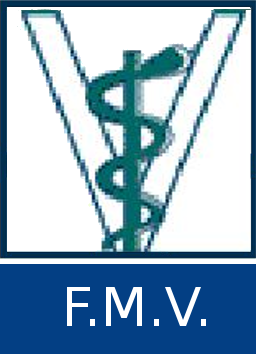Upper urinary tract uroliths in companion animals : minimally invasive management by extracorporeal shockwave lithotripsy
Noval Montero, Julia 
Promotor(s) :
Art, Tania 
Date of defense : 27-Jun-2022 • Permalink : http://hdl.handle.net/2268.2/15063
Details
| Title : | Upper urinary tract uroliths in companion animals : minimally invasive management by extracorporeal shockwave lithotripsy |
| Translated title : | [fr] Calculs du haut appareil urinaire chez les animaux de compagnie: la lithotripsie par ondes de choc extracorporelles comme thérapie mini-invasive |
| Author : | Noval Montero, Julia 
|
| Date of defense : | 27-Jun-2022 |
| Advisor(s) : | Art, Tania 
|
| Committee's member(s) : | Cambier, Carole 
Desmet, Christophe 
Gustin, Pascal 
|
| Language : | English |
| Number of pages : | 35 |
| Discipline(s) : | Life sciences > Veterinary medicine & animal health |
| Institution(s) : | Université de Liège, Liège, Belgique |
| Degree: | Master en médecine vétérinaire |
| Faculty: | Master thesis of the Faculté de Médecine Vétérinaire |
Abstract
[en] Aim of the work
To outline the common disorder that is urolithiasis in canine and feline patients. To further elaborate a specific treatment strategy: extracorporeal shockwave lithotripsy. Finally, to better understand its application in the veterinary practice, based on the human recurrent applications and evaluate the patient’s amenability for lithotripsy.
Summary
Urolithiasis is a frequently encountered clinical disorder in small animal companions. The majority of uroliths are located in the lower urinary tract, however, nephroliths and ureteroliths pose a major managerial challenge in veterinary medicine. The most recent "ACVIM Small Animal Consensus Recommendations on the Treatment and Prevention of Uroliths in Dogs and Cats" discourages traditional surgery procedures as the primary solution, which should be resorted to in case of emergency only (e.g. urinary tract obstruction) and therefore, stones should be removed by minimally invasive procedures. A common minimally invasive procedure is extracorporeal shockwave lithotripsy. This method involves upper urinary tract urolith fragmentation using shockwave therapy, a regularly used therapy in human medicine. However, not every patient is eligible for extracorporeal shockwave lithotripsy as many factors determine a good candidate. The objectives of this work are to evaluate the said therapy in the veterinary practice as well as each patient’s amenability for lithotripsy.
File(s)
Document(s)

 NOVALMONTERO_Julia_TFE_FMV_juin2022_provisoire.pdf
NOVALMONTERO_Julia_TFE_FMV_juin2022_provisoire.pdf
Description: Manuscrit en l'état.
Size: 845.37 kB
Format: Adobe PDF

 NOVALMONTERO_Julia_TFE_FMV_juin2022_définitif.pdf
NOVALMONTERO_Julia_TFE_FMV_juin2022_définitif.pdf
Description:
Size: 4.11 MB
Format: Adobe PDF
Cite this master thesis
The University of Liège does not guarantee the scientific quality of these students' works or the accuracy of all the information they contain.


 Master Thesis Online
Master Thesis Online




